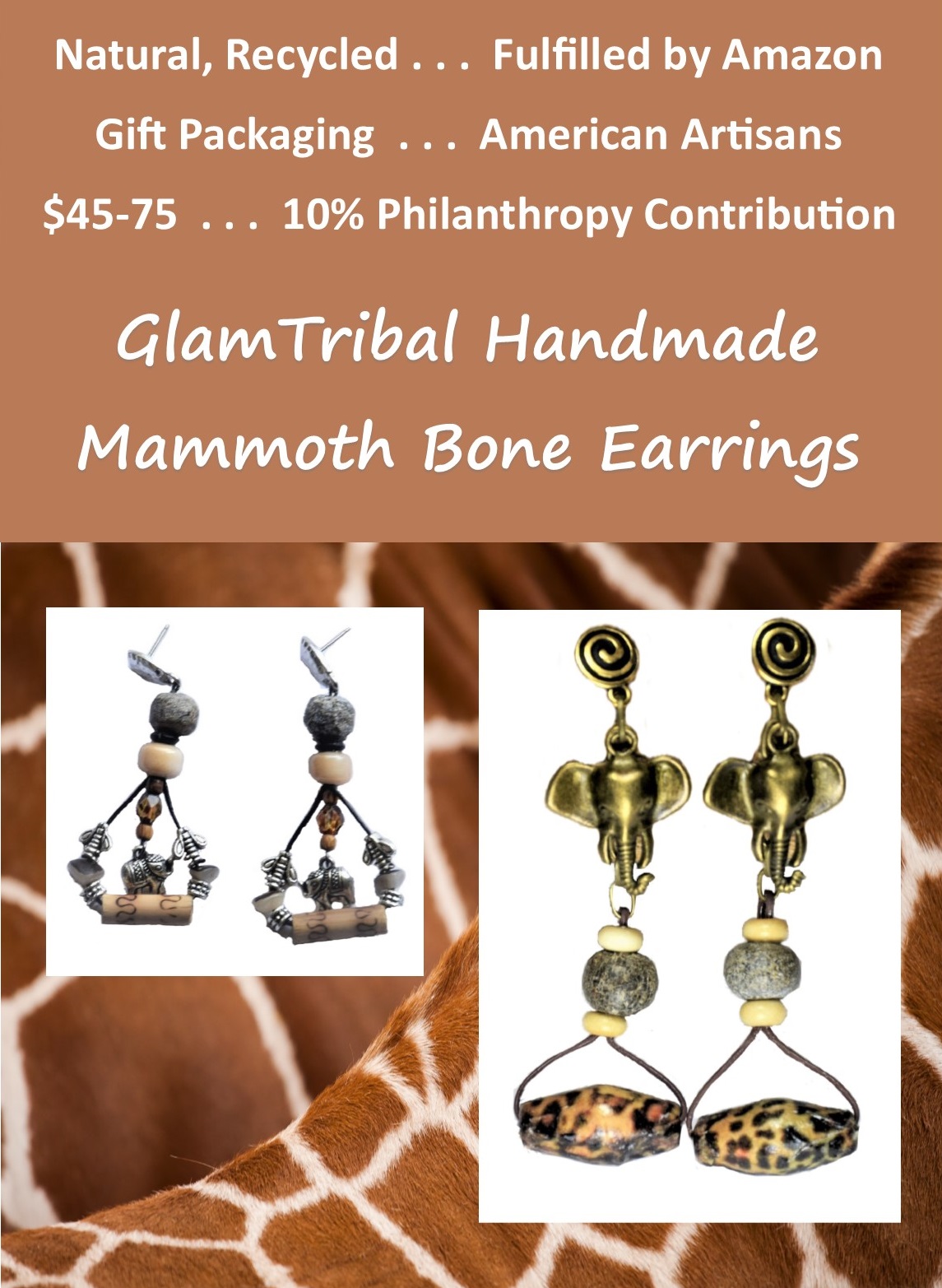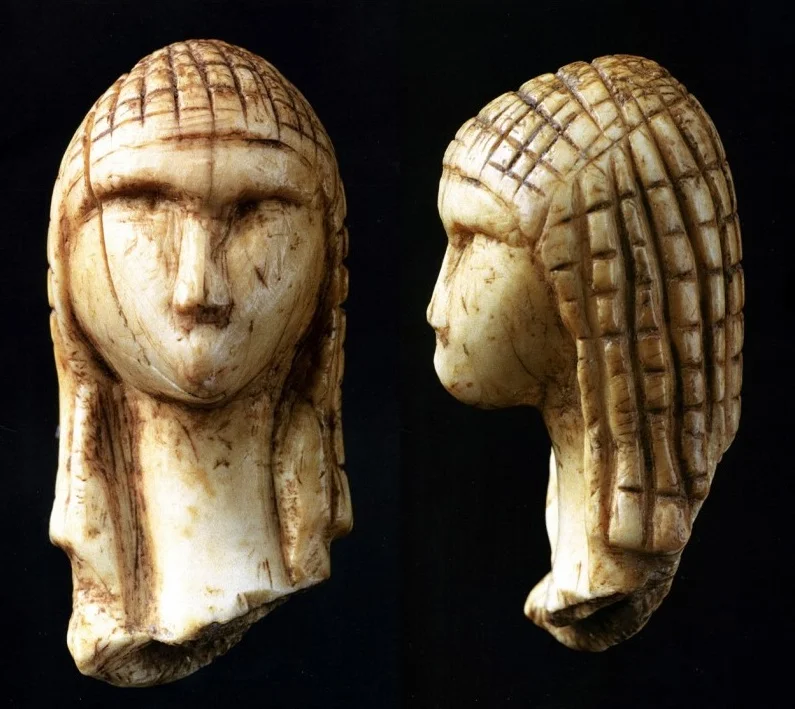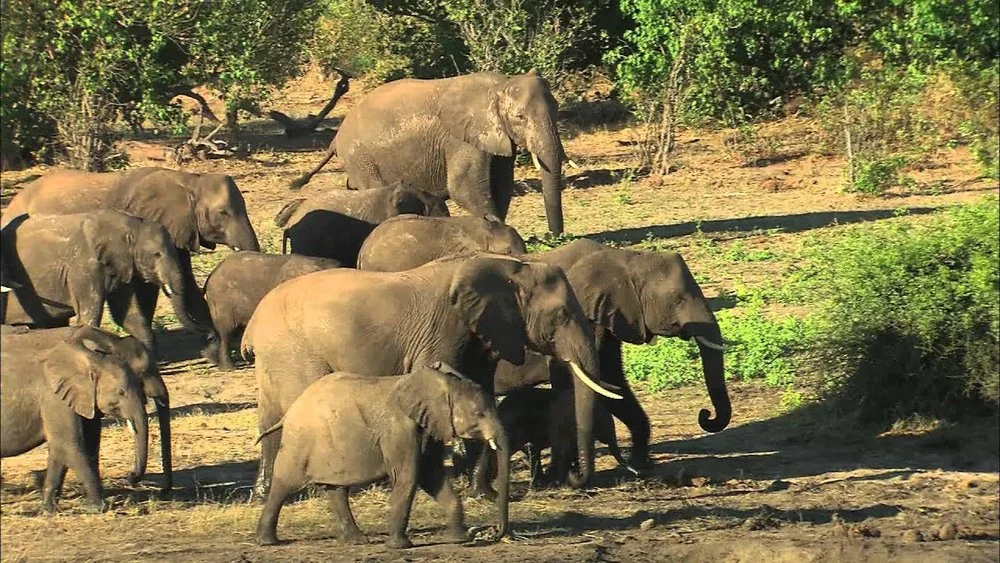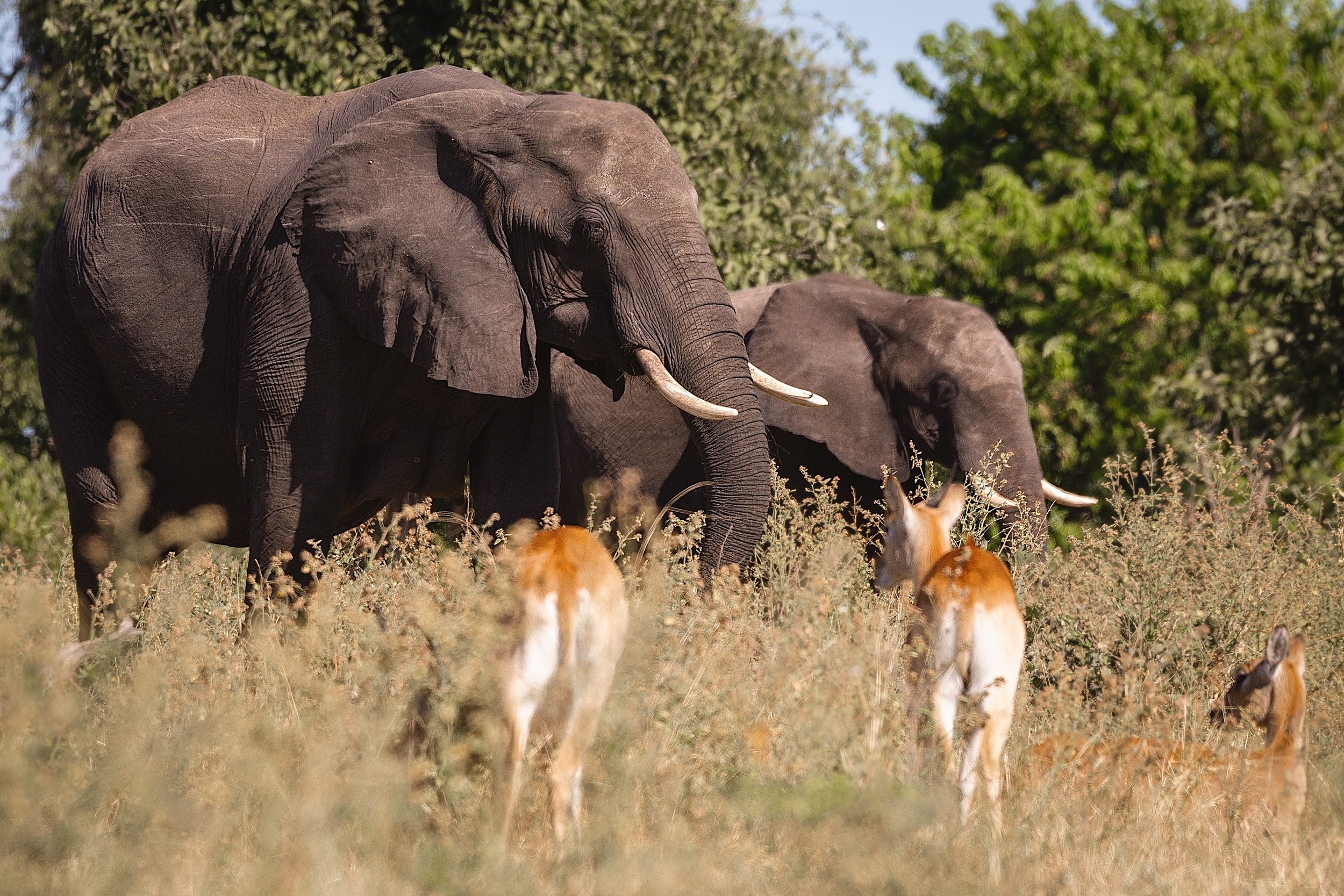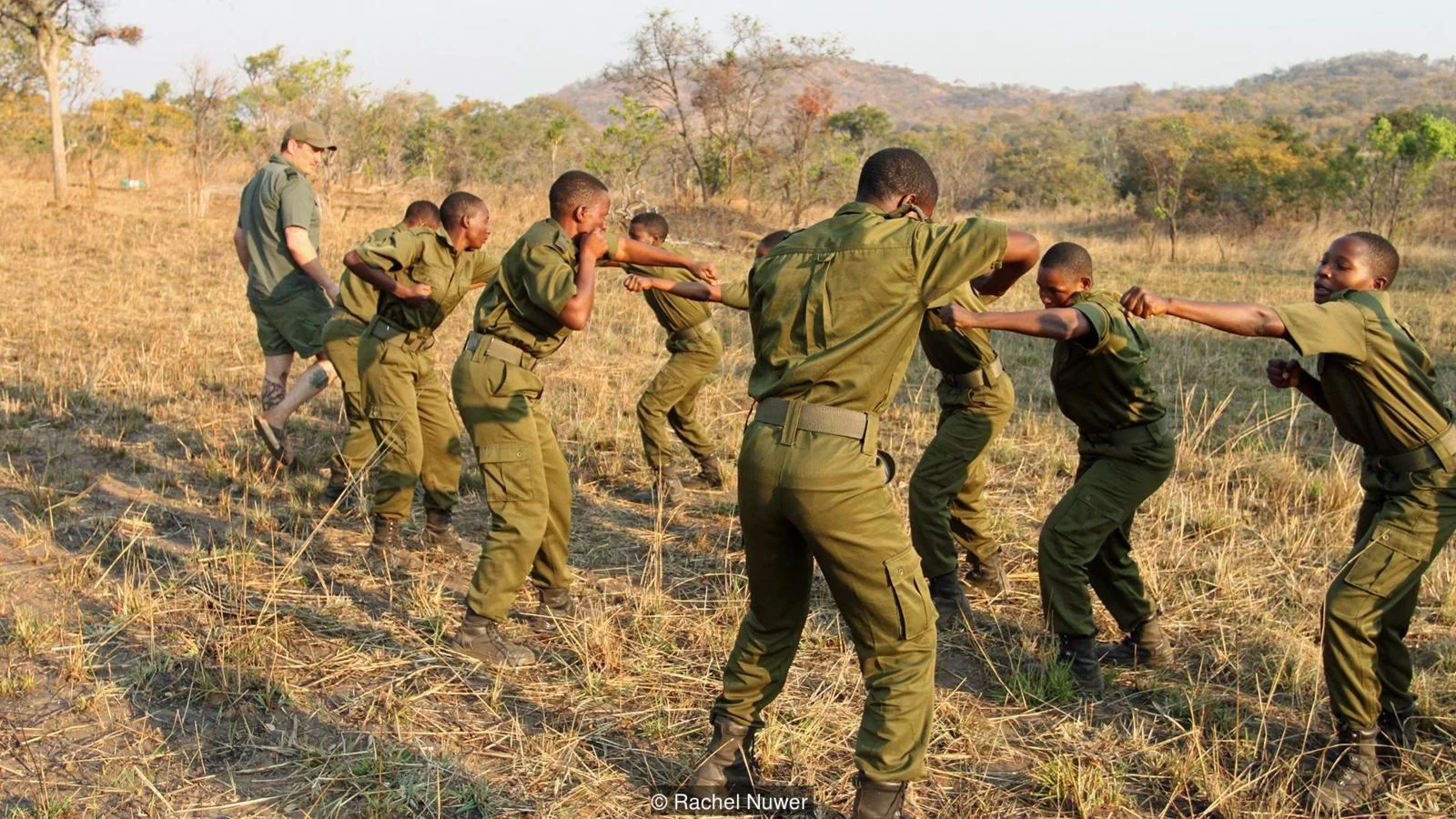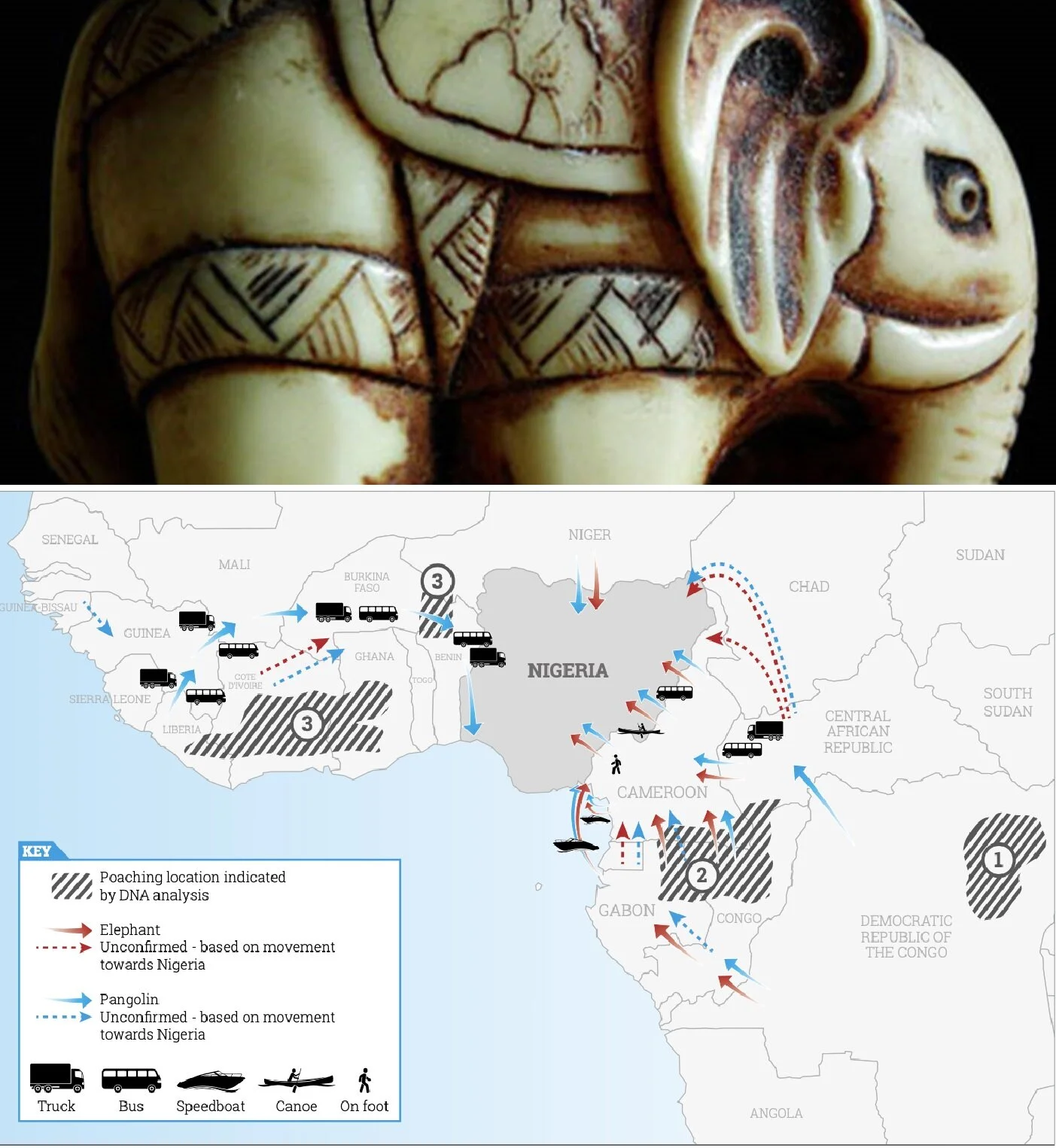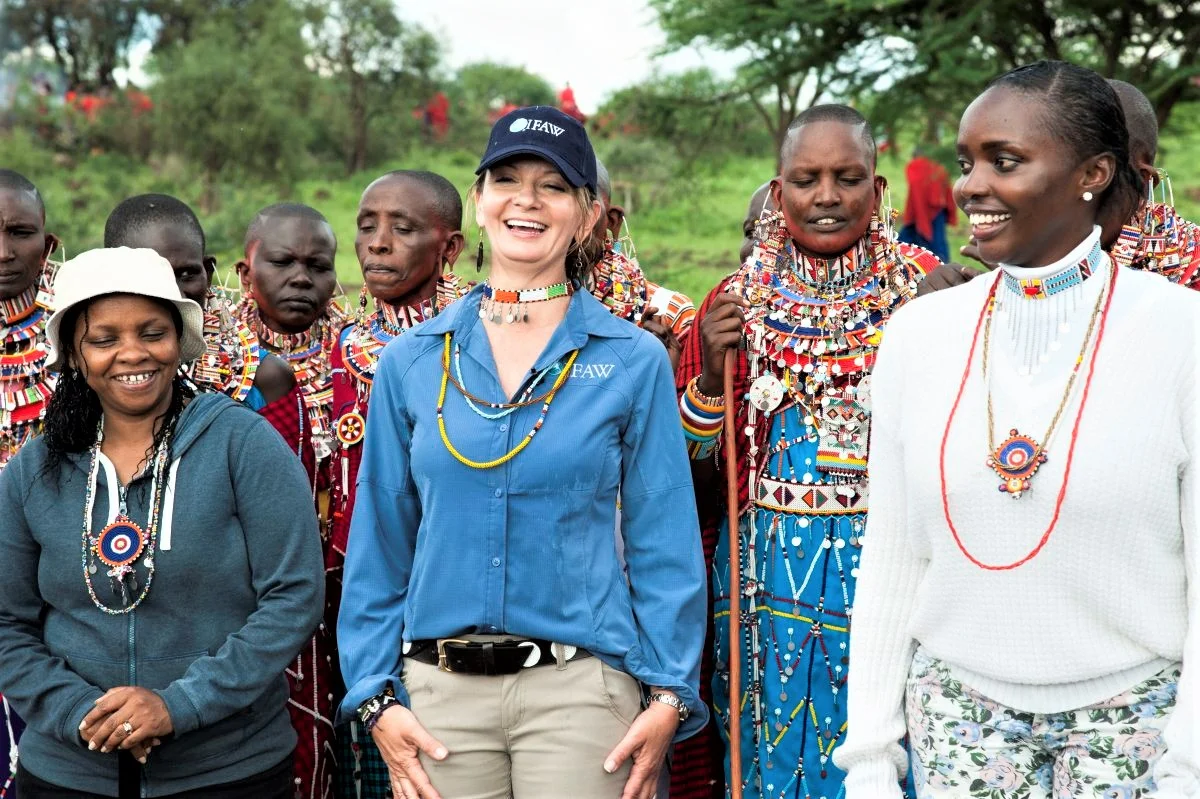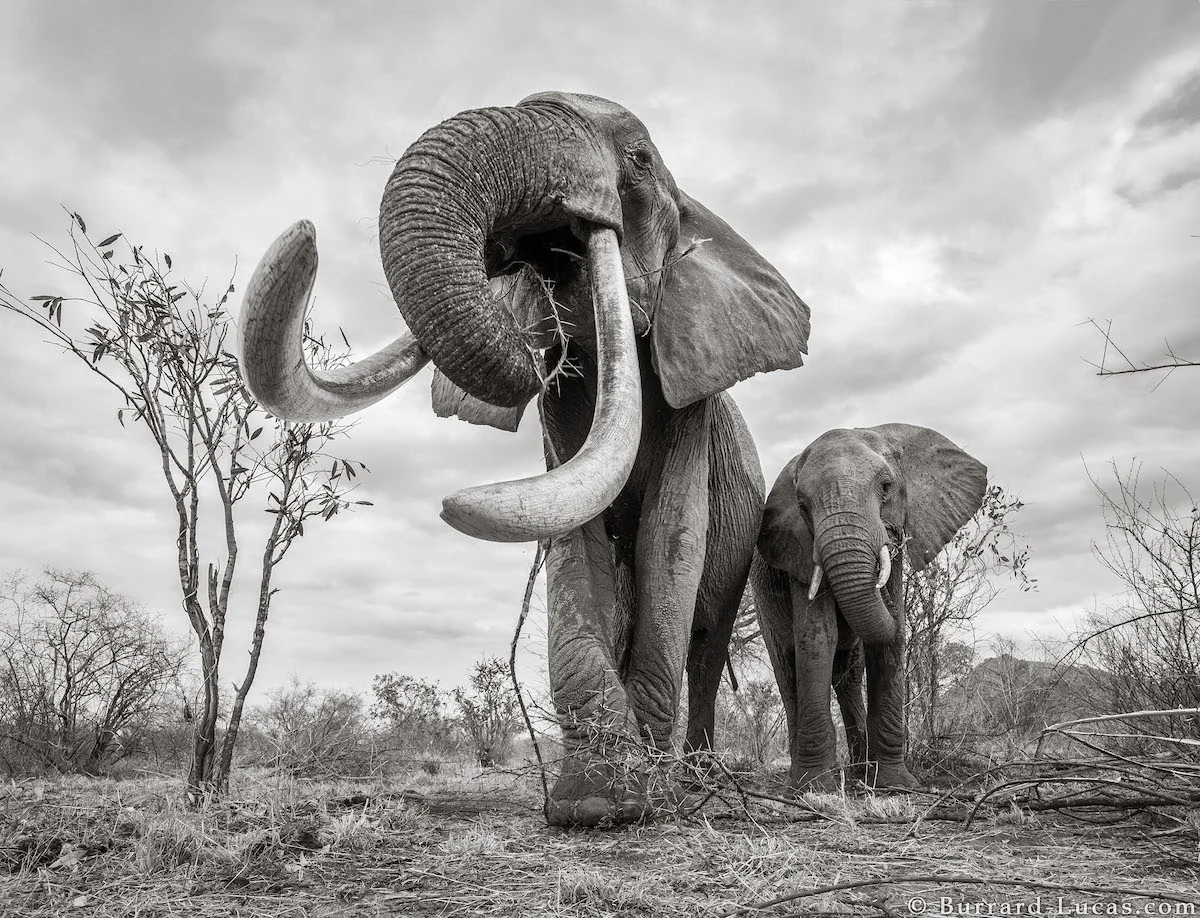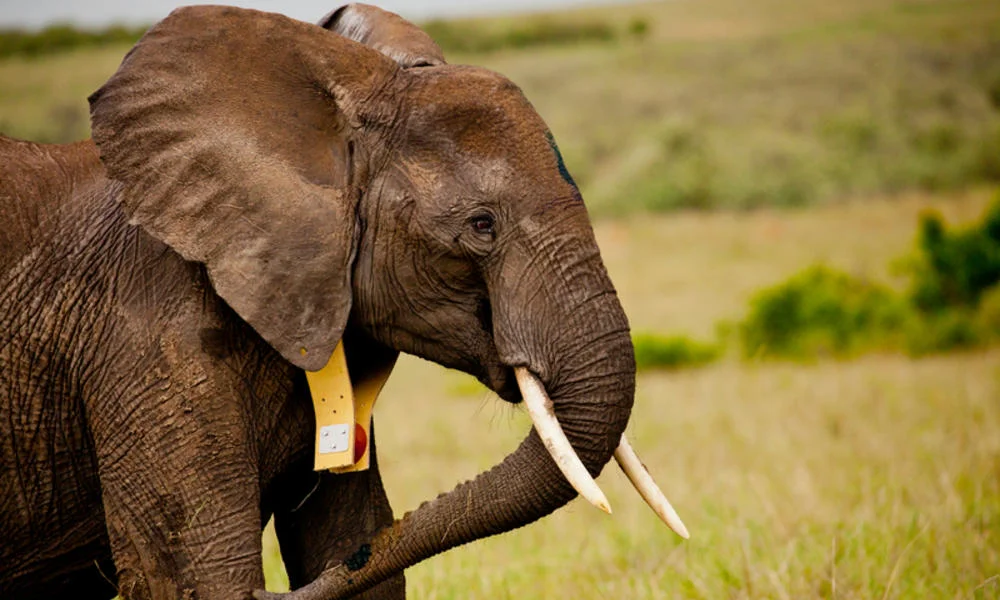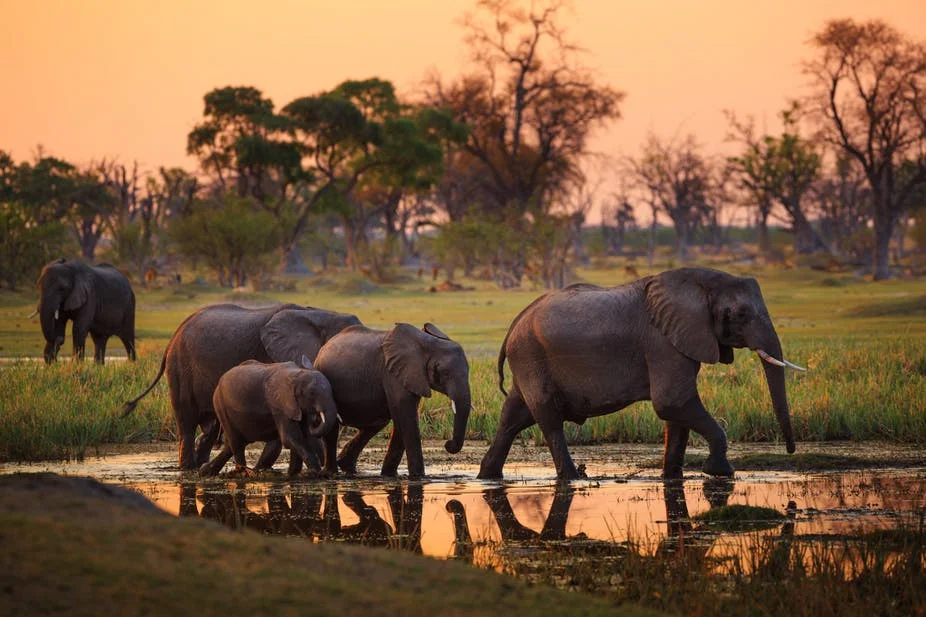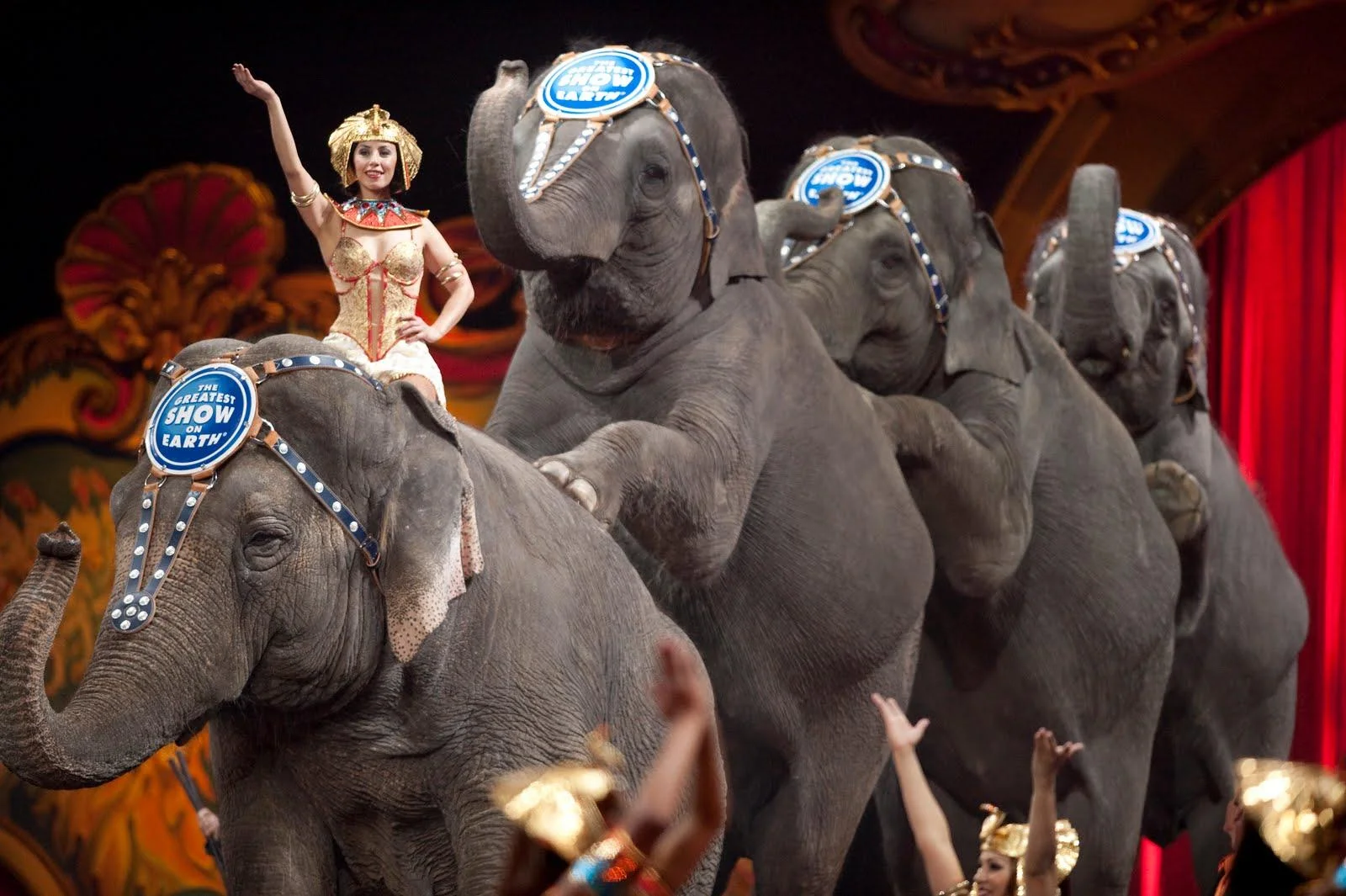Satellite Collars to Help Boost Protection for Nigeria’s Largest Remaining Elephant Herd
/Satellite Collars to Help Boost Protection for Nigeria’s Largest Remaining Elephant Herd
In early October, the Wildlife Conservation Society (WCS) fitted six elephants in northern Nigeria’s Yankari National Park with satellite collars. The collars will help WCS, which works with the Bauchi state government to manage the park, better monitor and protect Nigeria’s largest remaining herd of elephants.
“The elephants’ collars are quite valuable, not just for protection and for research, but also to reduce human-elephant conflict and promote tourism,” Andrew Dunn, Nigeria director of WCS, told Mongabay.
“It will allow us to know where the elephants are and to make sure our rangers know where they are, watch them closely and make sure the elephants get close protection.”
Dunn said rangers can now track the elephants’ movements and location better and react more quickly when the elephants are in danger or move closer to the edge of the park.
Elephants once ranged from the tropical swamps and rainforests of the south of Nigeria to the savanna in the north, but a combination of poaching, human-elephant conflict, and deforestation from logging for timber and expanding agriculture have diminished these populations.





